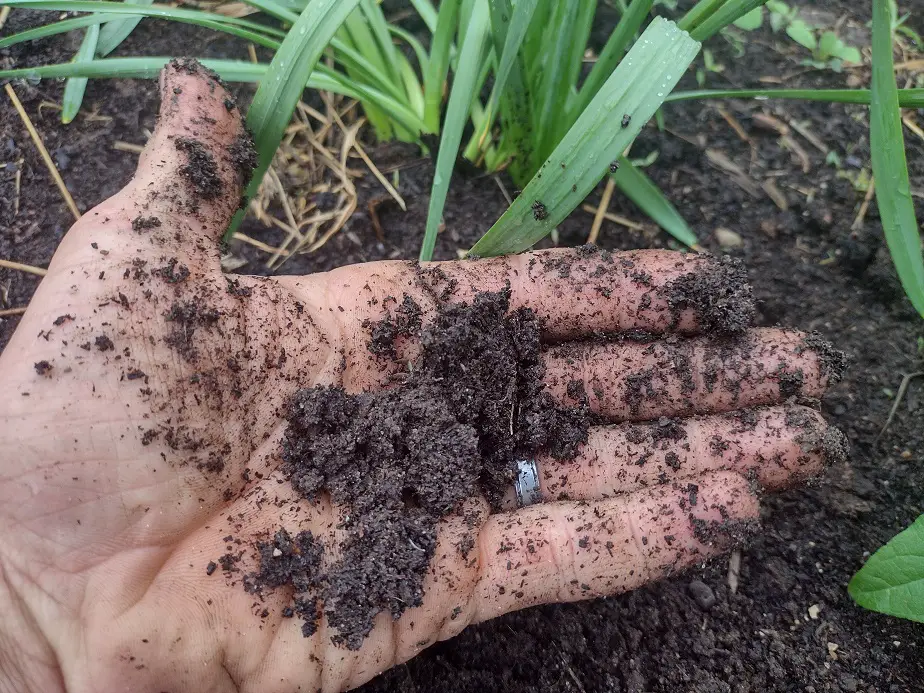If you’re looking at all the gabbed soils in the garden center, it’s hard to know the difference. What’s worse is that there aren’t any clear definitions for any of them, but there are generalizations.
Potting Soil is made to be lightweight and well-drained, and may not contain compost. It’s fluffy and expensive. Raised bed soil is heavier but still fluffy and well-drained, and contains more compost and sand. Garden soil is heavy, fertile, and cheap, with more sand and compost, and less fluff.
That’s the gist of it, but let’s look into things more and get a bit more technical.
What is Potting Soil?
Potting soil is light, fluffy, and well-drained. It’s designed to not be heavy in a pot and to handle frequent accidental overwatering. Most potting soil mixes are mainly peat moss or coconut coir with some compost, vermiculite, perlite, and sometimes a little sand or topsoil.
Potting soil is more expensive than other gardening soil mixes. It generally has more expensive ingredients fewer cheap ones, like sand or topsoil. There are some potting mixes that are soil-less. They are more expensive yet and are the “fancier” option.
Basically, a soil-less potting mix lacks topsoil and possibly compost. They need more fertilizer because the mix won’t hold much plant nutrients. Soil-less potting mixes are often fertilized weekly or several times a week, depending on the type of plant. They are best fertilized with a dilute fertilizer/water mix.
potting mixes with compost and soil are a little heavier but are a more natural soil product. Some people don’t like a more natural potting mix because it is more prone to having a little mold in it, and can get a little bit swampy if you regularly overwater your plant. Personally, I like the more natural option.
I’ll usually mix my own potting soil, using my native soil. Potting soil with compost and sand in it lasts longer, or stays the same length too. You can use a soil-less mix if you like, but I don’t think it’s worth the extra price.
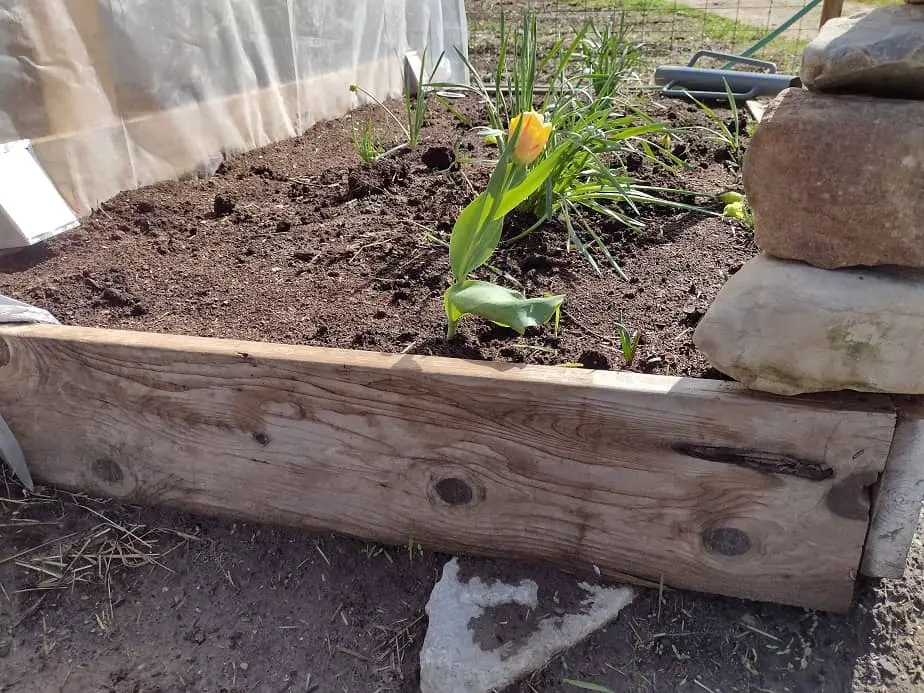
What is Raised Bed Soil?
Raised bed soil is a mid-weight soil mix containing fluff like peat moss or coconut coir, compost for fertility, and sand or topsoil for drainage. It’s basically a heavily fortified bag of dirt. Raised bed soil focuses on drainage, but also on long-lasting fertility. It’s slightly cheaper than potting soil.
Raised bed soil is basically potting soil with extra compost and topsoil. It holds its quality for years, retains plant nutrition well, and is well-drained and aerated. Not everyone with raised beds needs special raised bed soil, but it does offer some advantages.
The main thing about raised bed soil is that it’s very fertile and well-drained. It’s more well-drained than it usually needs to be, but it’s designed to work in all environments. Some places have native soil with poor drainage, so a raised bed with very well-drained soil makes sense there.
It’s also good for places that get a lot of rain, or for people that are likely to overwater things. Besides that, its high organic matter and natural resistance to compactin are highly conducive to plant growth. It’s a great type of mix for most plants. It’s usually just fine for potted plants too.
The only thing I’d not plant in a raised bed soil are large or giant types of sunflowers (8 or more feet tall). They have a shallow root system and tend to fall over in highly loose soil. For something like that, I’d use a topsoil-heavy mixture or just regular dirt.
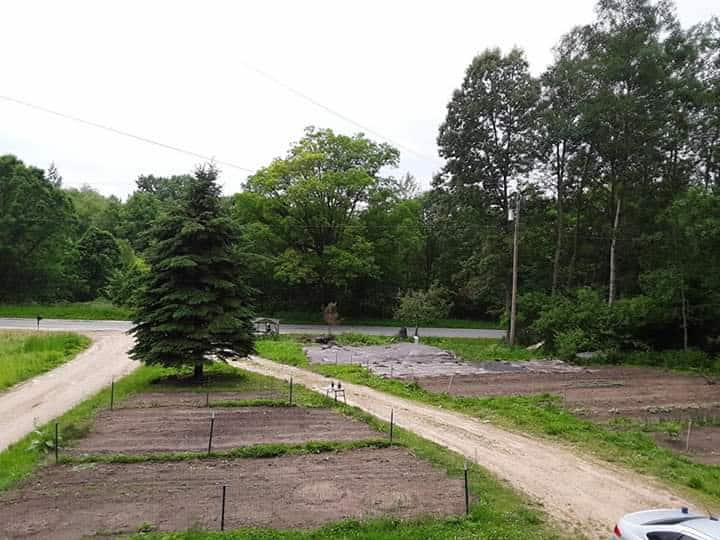
What is Garden Soil?
Garden soil is a heavy soil mix, containing more compost and less fluff. Most garden soil mixes don’t have any perlite or vermiculite but still contain sandy topsoil. Garden soil is usually considered a soil amendment that improves the organic content and drainage, adding natural fertility to your dirt.
Garden soil mixes don’t usually contain the fluffing ingredients like peat moss or coconut coir, but often contain forest mulch products instead to improve drainage and add organic matter. Basically, shredded tree bark, leaves, and/or chopped pine needles. Sometimes these are partially composted first.
Forest mulch products are great for your soil. They’re chopped pretty fine and won’t pose any problems. Garden soil can be used as a raised bed soil without any real issue, in most situations. If you are in an area prone to long-lasting heavy rains, I’d probably not.
I actually use garden soil for potted plants quite often. It seems to work quite well and isn’t very far off from a lot of the homemade potting soil recipies I’ve seen. It sure holds the nutrients well for fast-growing plants like tomatoes. It can be a little heavy in larger pots, but I don’t often move them.
Garden soil is basically a sandy compost product. If you’re looking to add a few bags of garden soil to your garden, consider just adding bagged compost instead. Most native soils don’t need sand. It can benefit heavy clay soils, but compost alone tends to do a better job of loosening and draining clay soil.
I preach compost a lot because it works. It fixes almost every problem you can have with your soil, except for the problem of having too much compost, which can be a thing. Too much compost or soil organic matter (a ridiculous amount) can create swampy soil if you have a lot of rain.
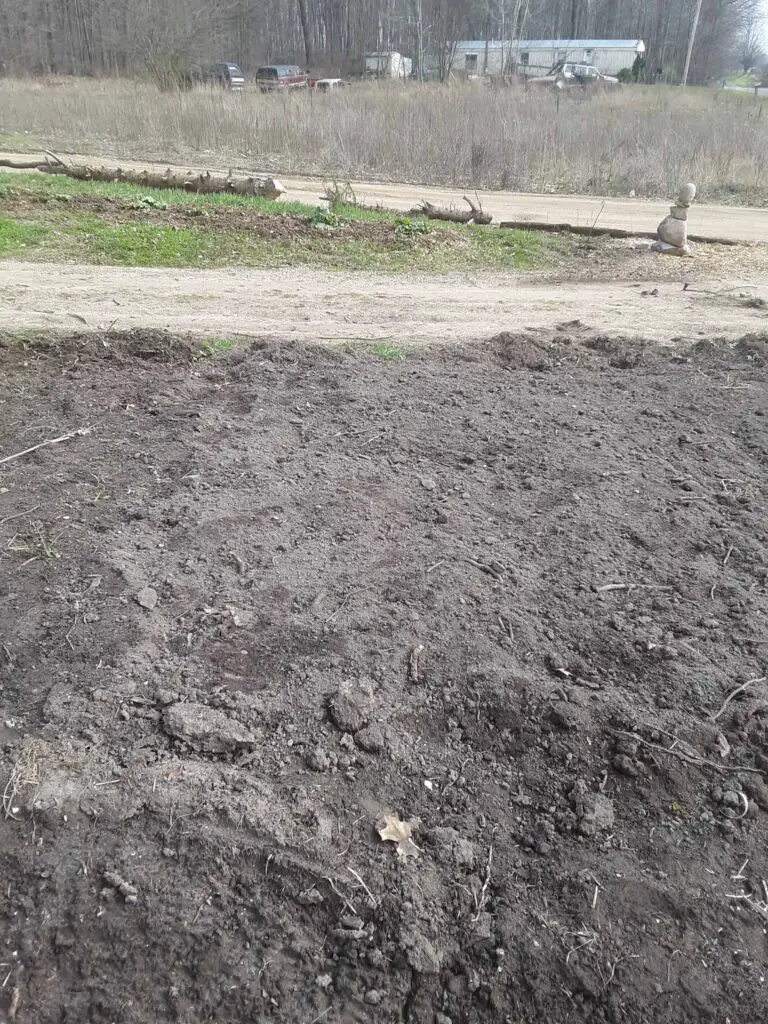
What is Top Soil?
Commercial topsoil is often a mix of mostly sand with some composts added. It’s the closest thing to regular dirt. Sometimes, it actually is regular dirt that has been removed from another location. Topsoil is the heaviest but cheapest garden soil mix. It’s dense, drains well, moderately fertile, and quite heavy.
Topsoil is considered ideal for lawns and in-ground gardens, but not for pots and raised beds, but why? Because it’s heavy, it’s not recommended for pots because most people move them around from time to time. Besides that, it’s considered less fertile.
Quality topsoil is usually 5 to 10 percent composted organic matter, as opposed to 30-60 percent with the other mixes. Because it’s got less composted material, it’s less fertile per cubic foot. In Pots, there’s not a lot of space for roots to spread and collect nutrients, so potted plants need more fertile soil.
Did you know that potted plants have stunted root systems? Just an interesting fact. Take, for instance, tomatoes. Tomato plants naturally have a very deep, taproot-like root system. Most tomato plants are started in pots, which stunts the roots into a more shallow, fibrous root system.
Anyways, topsoil isn’t bad, it’s just not as concentrated as other things. Unless you really need more sand in your garden, I’d recommend not using topsoil and going with a basic compost material instead. Now, you can fill a raised bed with topsoil, particularly larger raised beds.
It’s still usually a good idea to add some compost every year. The easiest way to add compost to your garden is to just burry organic material 8-10 inches down in the fall. Things like leaves, grass clippings, and straw will be pretty much composted by spring.
Which Ones Are Compatible?
- Potting Soil- great for pots. Soil-based mixes are god for small raised beds. Works to start seeds.
- Raised Bed Soil- good for raised beds and pots. Can be used as a garden amendment. Works to start seeds
- Garden Soil- Good for raised beds and larger pots in most cases, or add to the garden. can be used as a seed starting soil if fairly loose.
- Topsoil- Good for gardens and raised beds, particularly those with clay soil.
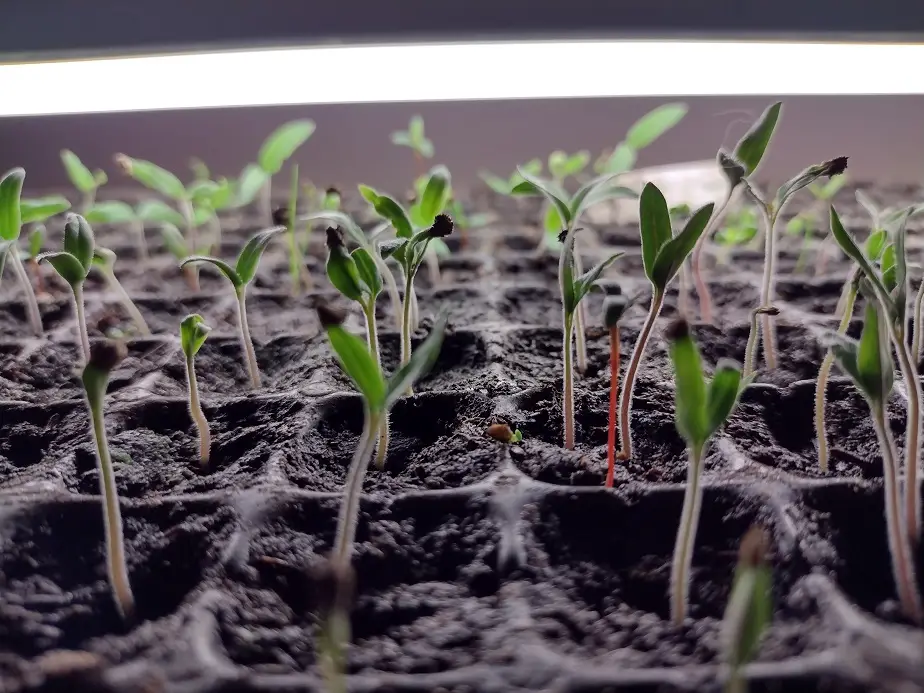
Recipes for Different Gardening Soils
Here are my recommended soil recipes.
- Recipe for Potting Soil
- Mix by volume: 1-part peat moss, 1-part compost. You can add a little vermiculite and/or perlite if you want, but it’s not necessary. vermiculite will help smaller pots not dry out too fast.
- Recipe for Raised Bed Soil
- Mix by volume equal parts peat moss, compost, and topsoil (purchased or your native soil). This is also quite suitable for pots 1-gallon or larger. Perlite and vermiculite are not needed but may be a benefit. It’s a very hearty mix with long-lasting fertility. Mixing in woodchips can help improve drainage in deep raised beds.
- Recipe Garden Soil
- Mix equal parts by volume of topsoil and compost. This is a stand-alone garden soil that will work if your native soil is unusable for some reason. If your native soil is at least fairly functional, consider just adding compost and raking it in the top 3-4 inches.
- Recipe for Quality Topsoil
- Honestly, this doesn’t really need a recipe. Natural topsoil is just the top layer of native soil. Natural topsoil usually has 1-5 percent organic matter and is more brown than black. If you want to make topsoil in a barren or unfertile area, spread a bag of compost (or two 5-gallon buckets) over 50-100 square feet and rake it in the top 4-inches of soil.
Then, as long as you add organic matter every year, like some mulch, leaves, grass clippings, or more compost, it will begin to be and continue to be fertile soil. I have a very barren, unfertile area I’m working on this year. It’s a 100×15 foot area of bare gravel, formerly a gravel driveway.
I’ve been using a combination of manures (chicken and cow) and grass clippings in the soil. I tilled in a lot of material in the spring and moved my chicken pen to the area, Now, there;’s a half-decent stand of corn growing there, so it seems to be getting better. And, my earthworm count is way up.
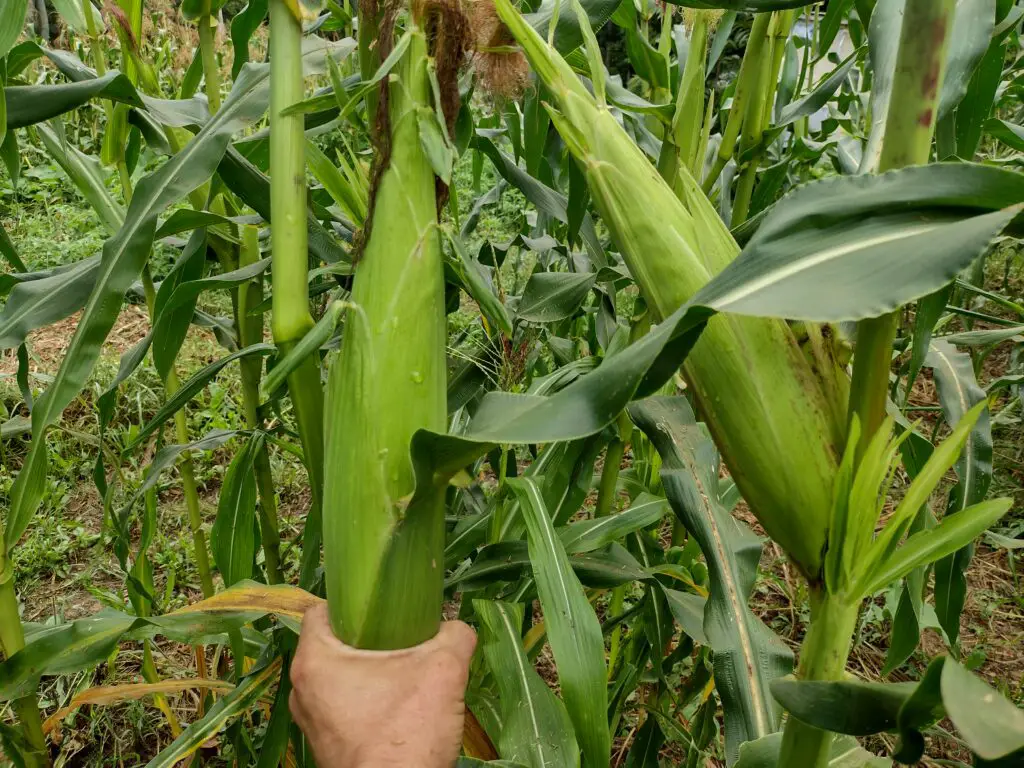
Related Articles

